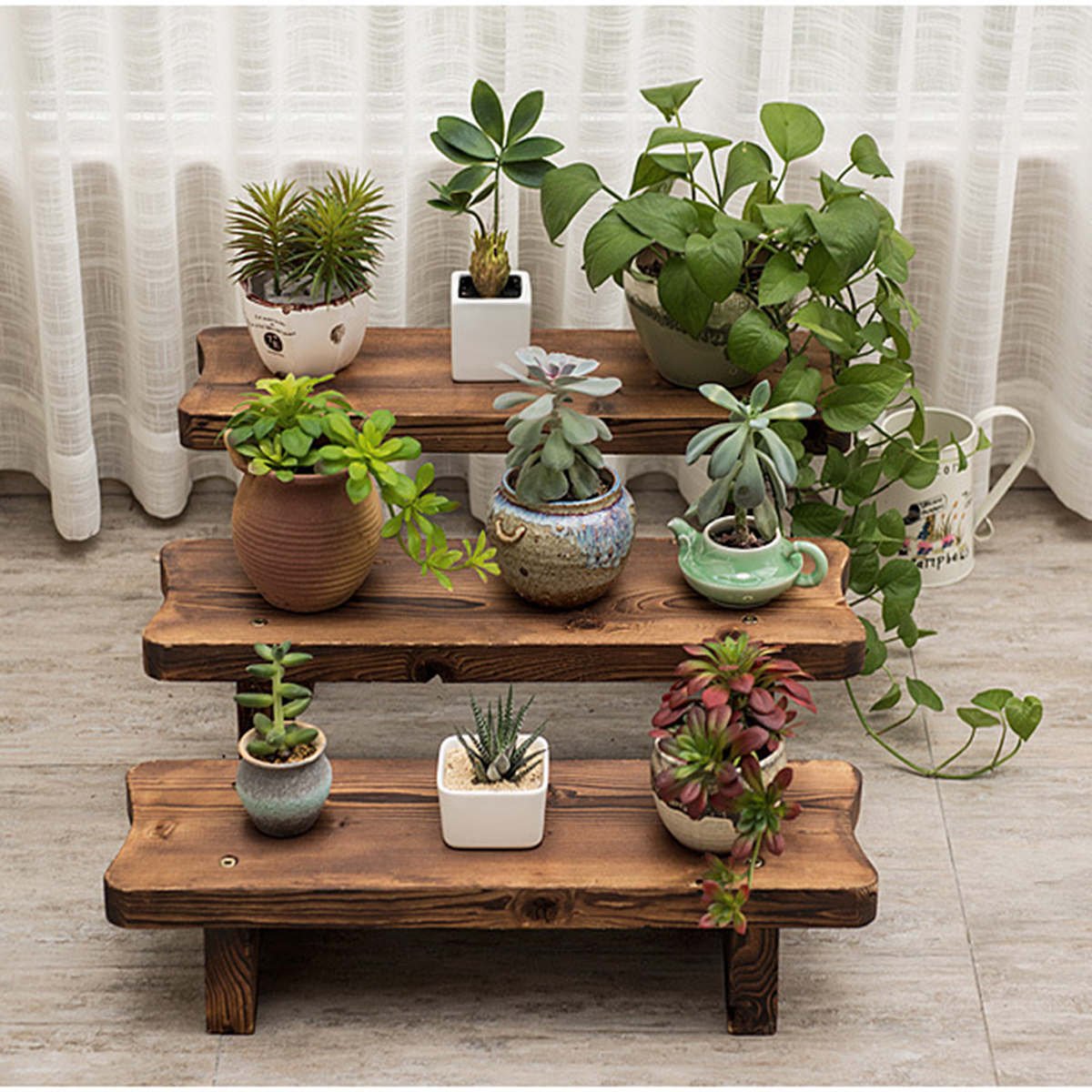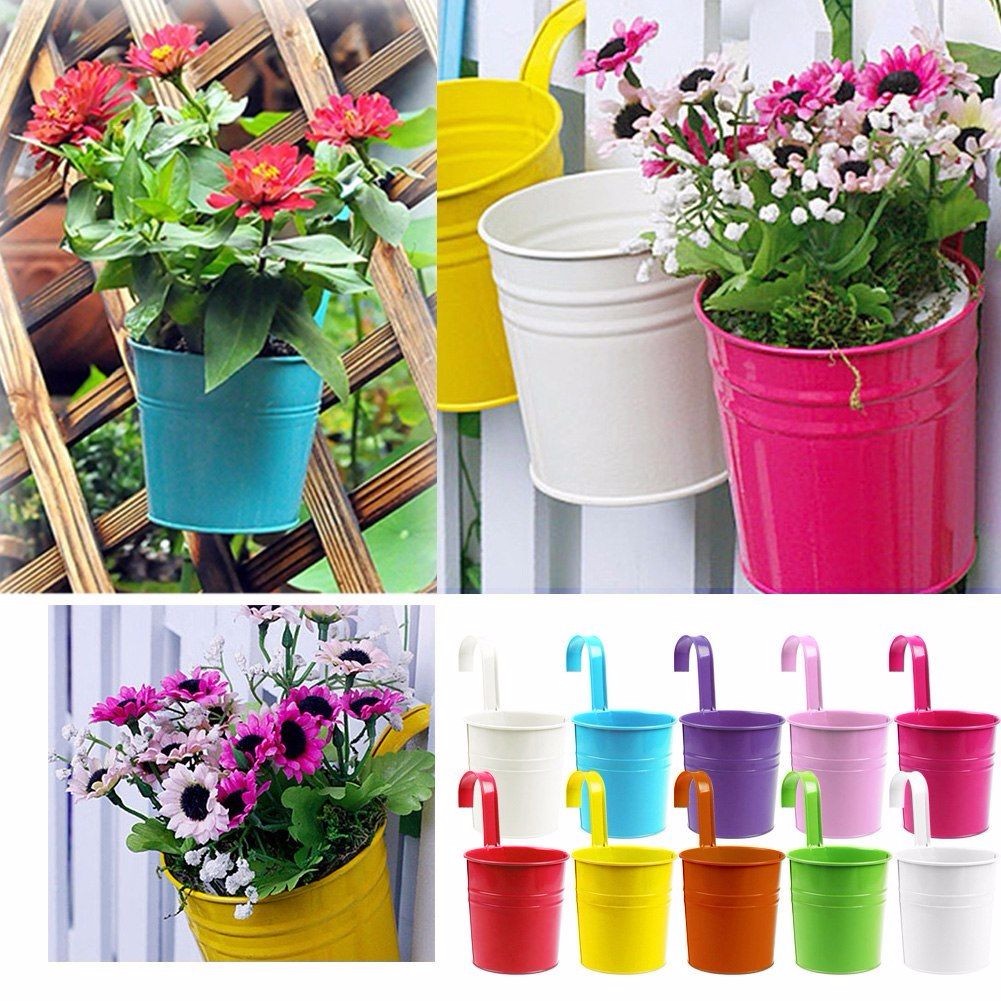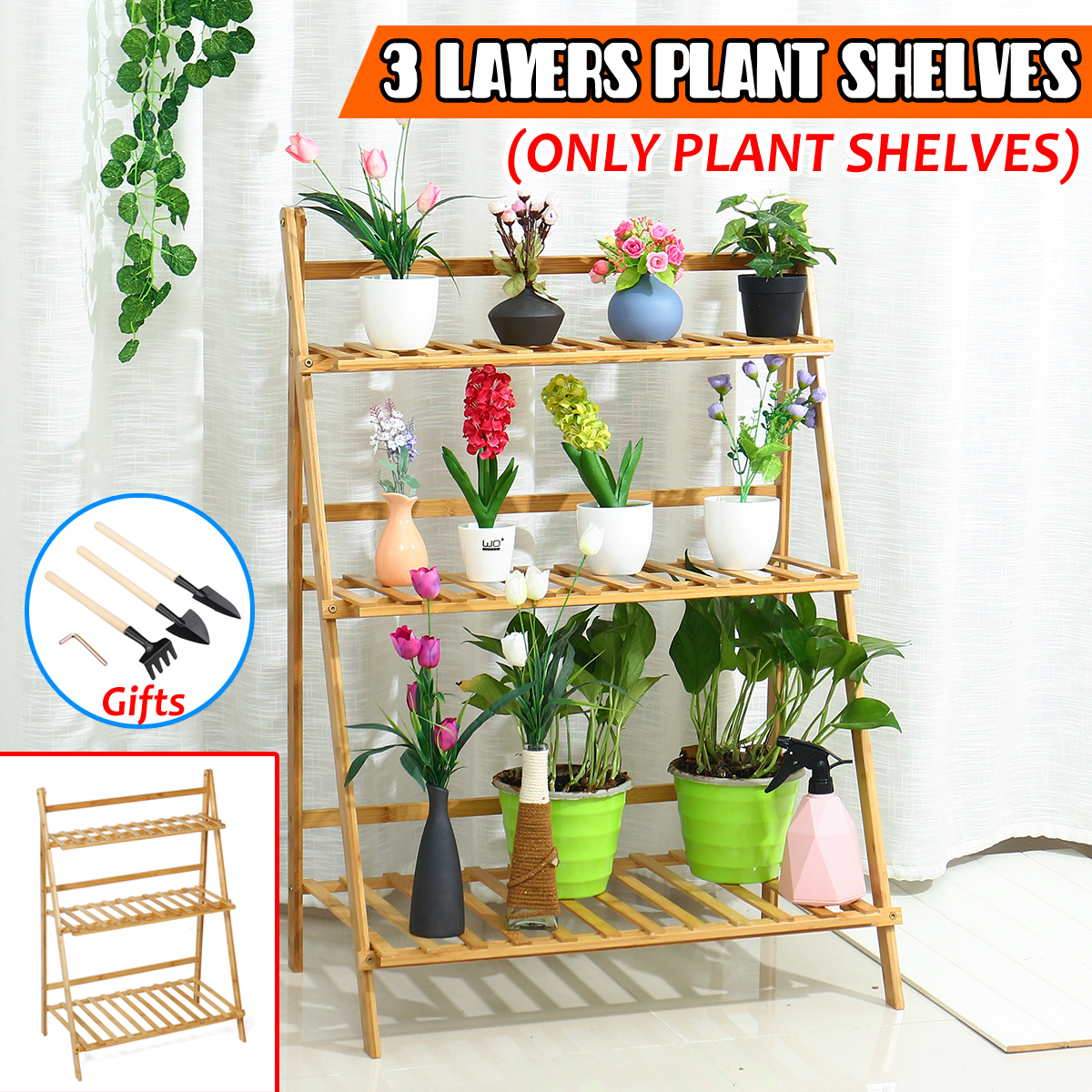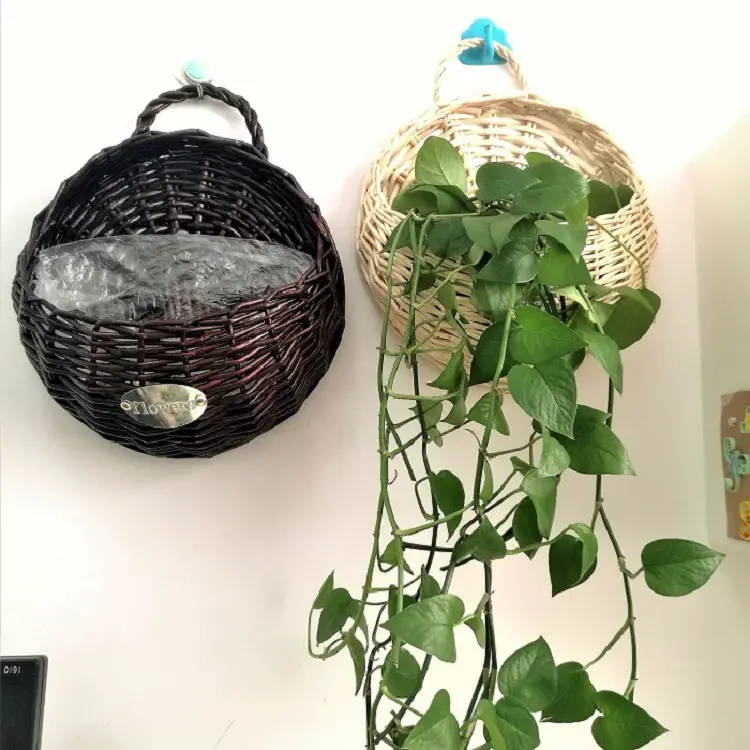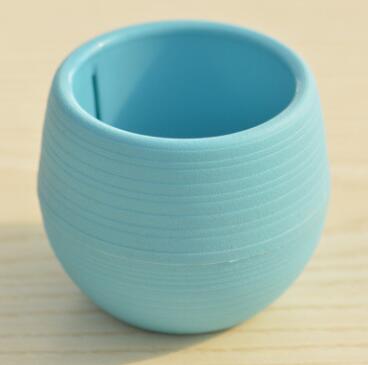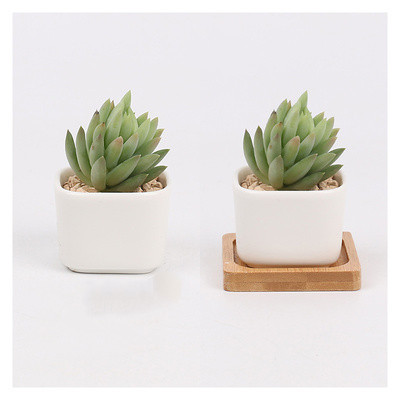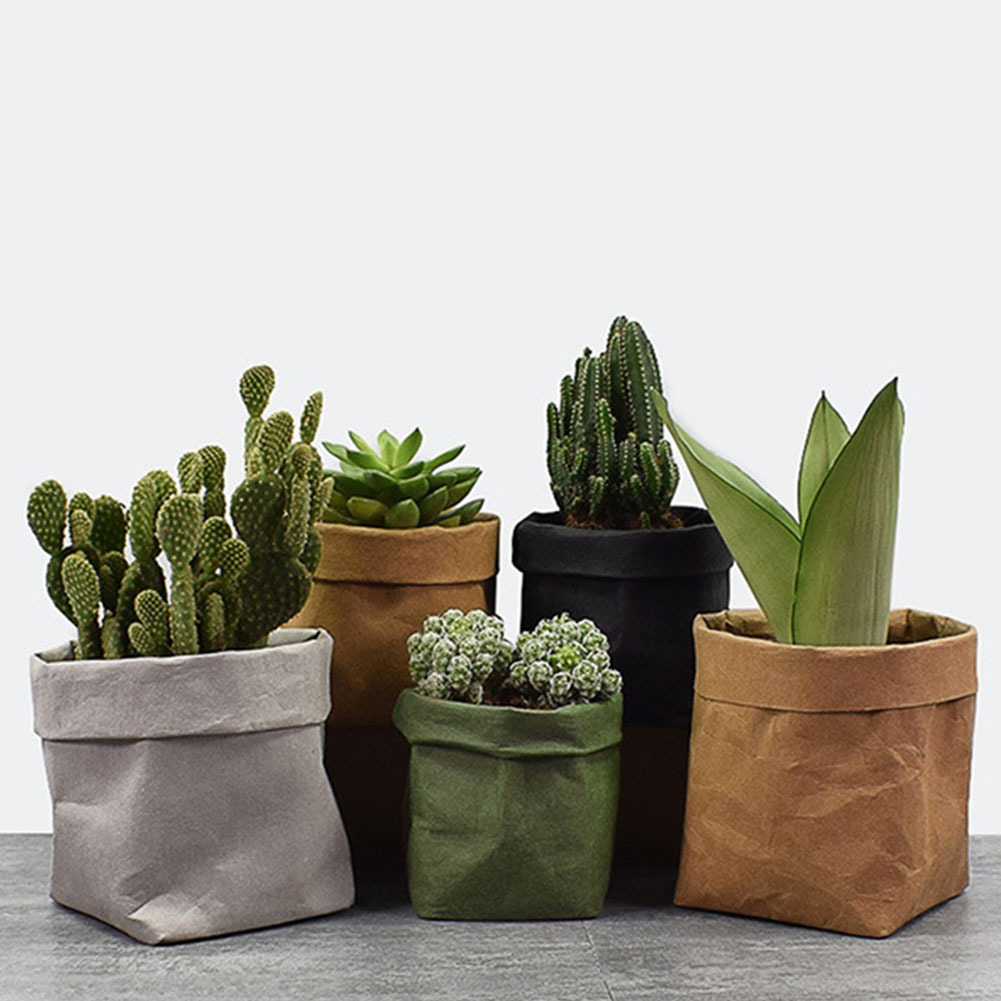From Seeds to Sprouts: A Beginner’s Journey into Successful Container Gardening
Container gardening is a popular and accessible way for beginners to explore their green thumbs. Whether you have limited outdoor space, live in an urban area, or simply enjoy the convenience of gardening in containers, this method allows you to grow your own plants and vegetables without a traditional garden bed. In this beginner’s guide, we will take you through the steps of starting your own container garden, from selecting the right containers and soil to caring for your plants as they grow.
Choosing the Right Containers
When it comes to container gardening, the choices are endless. From traditional clay pots to modern plastic containers, there is a wide range of options available. While aesthetics play a role in your selection process, it’s essential to focus on functionality as well. Look for containers that have drainage holes at the bottom to prevent waterlogging and allow excess moisture to escape. Additionally, consider the size of your plants when choosing containers; some plants require more space for their root systems.
The Ideal Soil Mix
The success of your container garden depends heavily on the soil mix you choose. Unlike traditional gardening where plants can draw nutrients from the ground, container gardens require a well-balanced soil mix that provides adequate drainage and nutrient availability. A good option is using potting soil mixed with compost or organic matter to create a fertile medium for plant growth. Remember to avoid using garden soil alone as it tends to become compacted in containers.
Selecting Seeds or Seedlings
Once you have prepared your containers and soil mix, it’s time to decide whether you want to start from seeds or purchase seedlings. Growing plants from seeds can be rewarding as you witness their entire life cycle from germination to maturity. However, if patience is not one of your virtues, starting with seedlings can give you a head start on your gardening journey.
If planting seeds directly into containers, follow the instructions on the seed packet for proper planting depth and spacing. Make sure to water the soil gently, as too much force can displace the seeds. Alternatively, if choosing seedlings, carefully transplant them into the containers while ensuring their roots are covered by soil.
Caring for Your Plants
Container plants have unique care requirements compared to those grown in traditional gardens. Regular watering is crucial as containers tend to dry out quickly, especially during hot summer days. However, be cautious not to overwater as excessive moisture can lead to root rot and fungal diseases.
In addition to watering, fertilizing your container plants is essential for their growth and productivity. Choose a balanced fertilizer or a slow-release option that gradually provides nutrients over time. Follow the recommended dosage and frequency specified on the packaging to avoid over-fertilization, which can harm your plants.
As your plants begin to grow, you may need to provide support in the form of stakes or trellises if you are growing climbing vegetables or flowers. Pruning is also important to remove dead or diseased parts of the plant and encourage new growth.
Pest and Disease Management
No garden is immune to pests and diseases, but with container gardening, you have more control over preventing and managing these issues. Regularly inspect your plants for signs of insect damage or disease. If detected early, problems can often be resolved with organic pest control methods such as insecticidal soaps or neem oil sprays.
Keeping a close eye on your plants will also help prevent common problems like powdery mildew or damping-off disease caused by overly wet conditions. Proper air circulation around containers can minimize fungal growth while avoiding overcrowding will reduce competition between plants.
Harvesting and Enjoying Your Bounty
One of the most rewarding aspects of container gardening is enjoying the fruits (literally!) of your labor. As your plants mature, they will produce edible crops or beautiful blooms depending on what you have chosen to grow. Harvesting vegetables at their peak of ripeness will ensure the best flavor, while cutting flowers for bouquets will brighten up your home.
Remember to keep a close eye on your plants as they continue to grow and adapt their care routines accordingly. Adjust watering schedules based on weather conditions, increase or decrease fertilization as needed, and always be observant for any signs of distress in your plants.
Conclusion
Container gardening provides an excellent opportunity for beginners to explore the joys of growing plants and vegetables, even with limited space or resources. By selecting the right containers, soil mix, seeds or seedlings, and providing proper care, anyone can embark on a successful container gardening journey. So go ahead, roll up your sleeves, and get ready to witness the transformation from tiny seeds to flourishing sprouts right at your doorstep.



